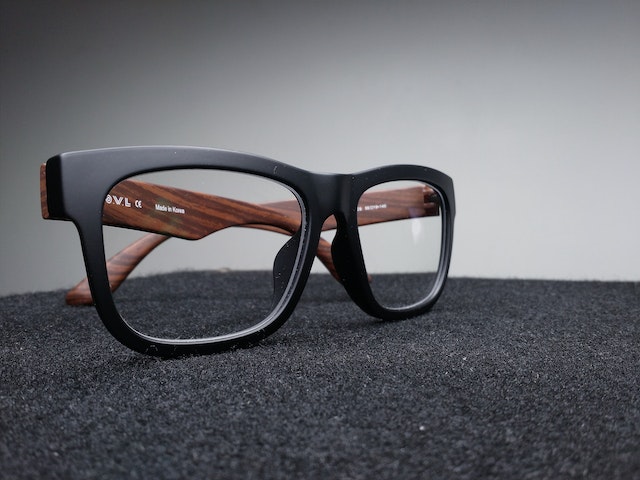
When were glasses invented? The first wearable spectacles were invented in Italy in the 13th century, but the Romans were using spheres of glass for magnification thirteen hundred years earlier.
There are two types of eye problem that require correction with glasses. These are myopia (near-sightedness) and hyperopia (far-sightedness). When you are myopic, the light from whatever you are looking at focuses in front of the retina, creating a blurry image. When you are hyperopic, the light focuses behind the retina. Both of these problems can be corrected with different types of lenses. Concave lenses are used to correct myopia and concave for hyperopia. For most of their history, glasses could only correct hyperopia.
In 30 AD, the Roman philosopher Seneca, was said to use a glass globe full of water to be able to read small print. The magnifying properties of the glass were accepted, but the reason was not understood at this point. The tradition of using reading spheres is said to have been taken up by the monks in the Middle Ages as well. They spent most of their time copying text, and magnifying lenses would have been very useful.
Ptolemy, who lived from 100 to 170 AD, made a study in optics. He looked at reflection, refraction and color. However, the original copy is lost. Only a Latin translation from an Arabic translation of the Greek is still around, and that was written in 1154. In the 10th and 11th centuries, Arabic scholars Ibn Sahl and Alhazen improved on Ptolemy’s work.
In the early 13th century, lenses were being used to magnify books for reading and people had noticed how they could be used to see far away things more clearly. Glass had been the staple industry of Venice for over a thousand years and the Venetian glass blowers made glass stones of solid that they fastened in gold frames, similar to magnifying glasses.
The first eyeglasses were probably also made in Venice, or possibly Pisa, in 1290. Since Venice was the more famous for its glass, Venice is likely. The eyeglasses were two miniature magnifying glasses that were set into bone, metal, or leather. Then they were balanced precariously on the end of the nose. It seems obvious that you would fasten them to the ears, but that is the problem with hindsight.
A Dominican Friar wrote a sermon in 1306 where he talked about the “new invention that is not twenty years old” and how he talked to the person who invented them. Imagine that. Being able to talk to the person who invented glasses.
The first visual evidence for these glasses is in a painting from 1352 by Tommaso da Modena called “Portrait of the Cardinal Hugh de Provence”. In it, he depicts monks reading and writing manuscripts. One of the monks is using a magnifying glass and the other has glasses perched on his nose.
In the 1400s, the first concave lenses were used to correct myopia. Johannes Kepler published his work on concave and convex lenses in 1604 and finally explained why they corrected eyesight.
Earpieces came about a few hundred years later. Spanish craftsmen tied silk to the glasses, which would be looped over the ears. This was imported into China and the Chinese improved upon it by adding weights to the silk so it wouldn’t have to be looped over the ears. Then, in 1730, Edward Scarlett designed a rigid frame that had earpieces. 440 years after eyeglasses were invented.
Glasses were fairly expensive and not many people could read, so they weren’t very common. After the Industrial Revolution, they became easier to make and mass-produce, which made them cheaper. More people moved into the urban areas and learned about glasses. People working in an agricultural field don’t necessarily need glasses, but workers in a factory might. During the 1800s, they became more common, but it wasn’t until the 1900s that they became a fashionable item.
The invention of plastic in the 20th century ushered in a revolution in glasses. The lenses could be made of clear plastic, which were strong and light, as well as the frames. This reduced the weight and the cost.
These days about 41% of people are myopic and a large number of them wear glasses. Contact lens use is far behind. The amount of people with myopia is actually increasing. In the next decade, almost half of the world might need glasses or contacts.
So, the Romans first used magnifying glasses to read, but eyeglasses weren’t invented until 1290, after a lot of study into the properties of optics. By 1730, eyeglasses had earpieces and once mass-production came into being after the Industrial Revolution, they became more common. And that is what I learned today.
Sources
https://en.wikipedia.org/wiki/Far-sightedness
https://en.wikipedia.org/wiki/Myopia
https://en.wikipedia.org/wiki/Glasses
https://www.fostergrant.com/the-history-of-glasses
http://www.glasseshistory.com/
https://nativetrailshome.com/history-of-murano-glass/
